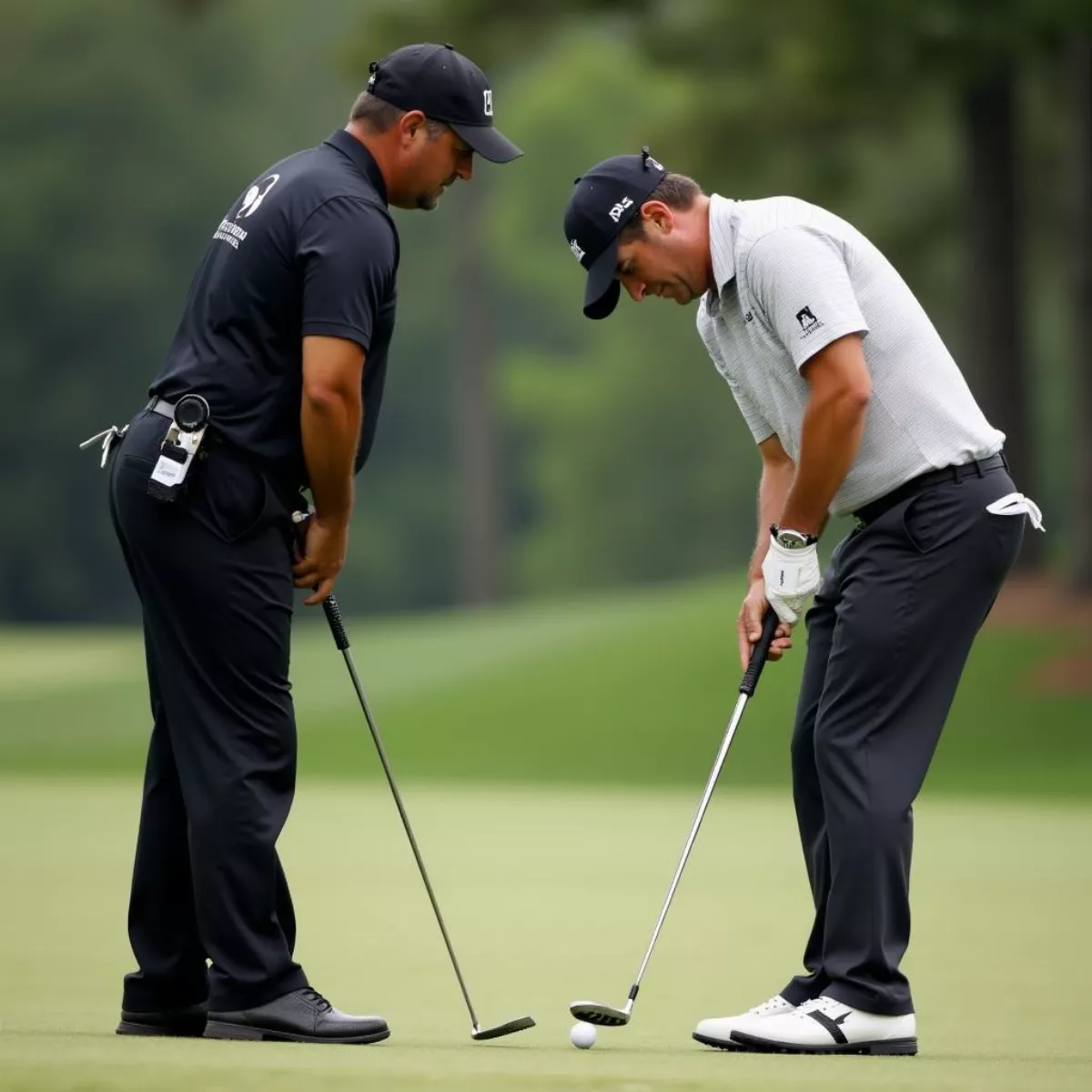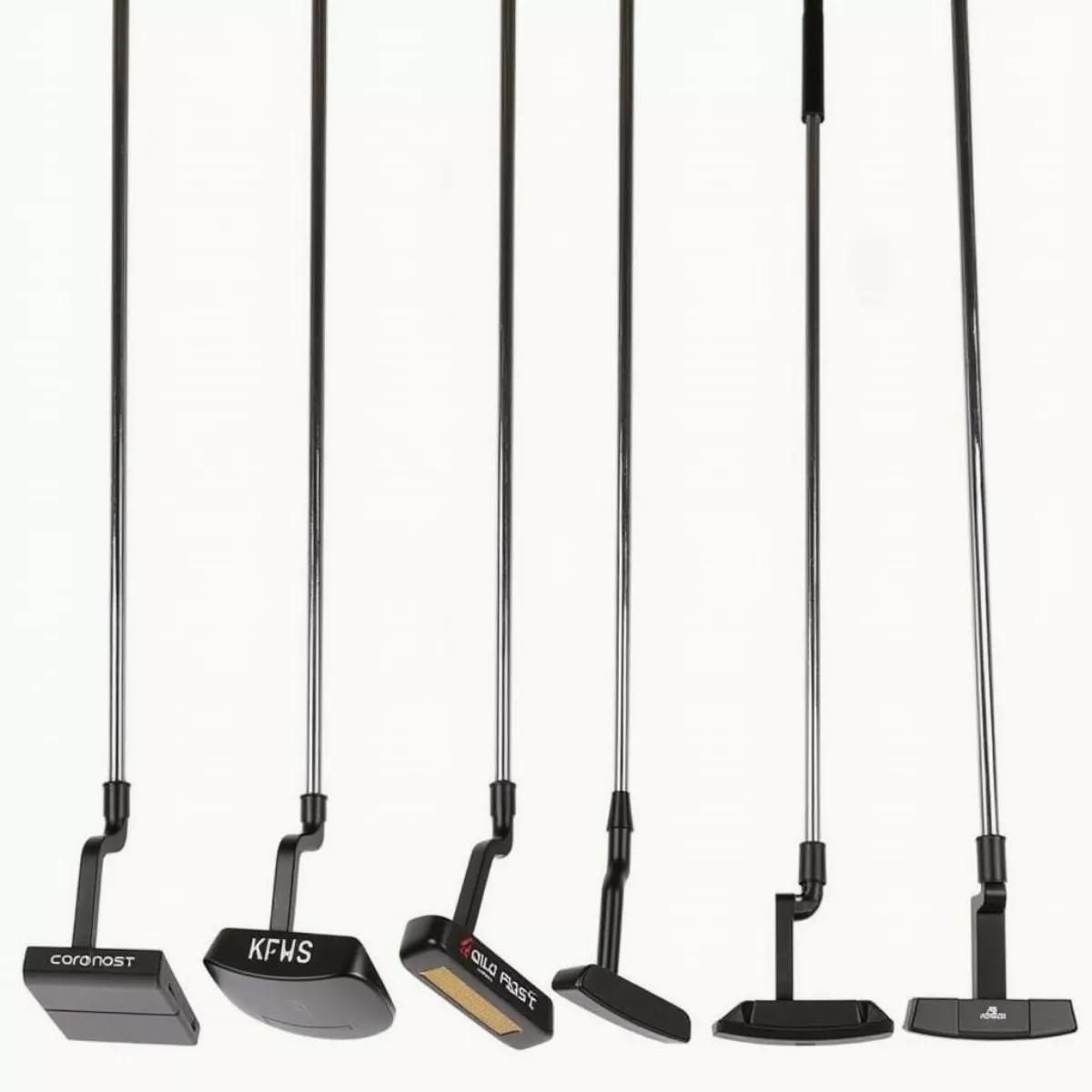Golf has evolved in many fascinating ways over the years, influenced by technology, technique, and the rules governing the game. One of the biggest game-changers in recent history was the introduction of anchoring putters. They became incredibly popular among amateurs and professionals alike. However, many were taken aback when the anchoring of putters was eventually banned. In this article, we’ll delve into the reasons behind this ban, its implications for golfers, and what alternatives are available.
What Are Anchoring Putters?
Before we dive into the ban, let’s clarify what we mean by anchoring putters. Anchoring refers to the method of securing the handle of the putter against the body, typically the chest or stomach, while making a stroke. This technique is designed to provide greater stability, particularly for those struggling with traditional putting methods.
Reasons Behind the Ban on Anchoring Putters
1. Leveling the Playing Field
One of the primary concerns leading to the ban was the desire to maintain a level playing field in the sport. Anchoring putters gave an advantage to some players, particularly those with shaky hands or neurological issues that impacted their putting. The golf community, including governing bodies like the United States Golf Association (USGA) and the Royal and Ancient Golf Club of St Andrews (R&A), felt that allowing this technique could create imbalances in competitive play.
2. Tradition and Integrity of the Game
Golf has a rich history defined by its traditions. The ban on anchoring putters was partly motivated by a desire to uphold the integrity of the game. Many believe that a golfer’s skill in controlling their stroke—without external support—should ultimately dictate performance. Anchoring conflicted with the fundamental principles of the sport, which emphasize the need for a player to execute the stroke entirely on their own.
 Golfer Putting on the Green
Golfer Putting on the Green
3. Concerns Over Skill Development
Anchoring putters can diminish skill development. Relying too heavily on this method could prevent players from mastering conventional putting techniques. When golfers become dependent on anchoring, they might not develop necessary skills such as distance control and feel. Many golf instructors advocate for traditional putting methods to foster complete skill acquisition.
4. Encouragement of Innovative Techniques
The ban prompted players and coaches to explore and develop new putting techniques. By removing the anchoring option, competitors had to adapt, leading to an overall increase in innovation within the sport. This dynamic pushed players to hone their skills in various ways, benefiting their overall game.
What Constitutes a Violation of the Anchoring Ban?
The USGA established clear guidelines to identify violations regarding anchoring putters. Here are the key points regarding what constitutes a violation:
- Grip Position: If the putter’s grip is anchored against the body in any manner during the stroke, this is considered a breach of the rule.
- Stance and Swing: Any positioning of the putter where it rests on the body while making a stroke will categorically result in disqualification from the round.
It is crucial for golfers to understand these rules to ensure compliance and avoid penalties.
 Golf Tournament Referee Observing Player
Golf Tournament Referee Observing Player
How the Ban is Enforced
The enforcement of the anchoring ban is a responsibility shared by event officials and the golfers themselves. Players are expected to have a thorough understanding of the rules, and if any infractions occur, referees or tournament officials may intervene. Penalties can range from loss of hole or strokes to disqualification depending on the severity of the violation.
Alternatives to Anchoring Putters
If you’re impacted by the ban on anchoring putters, don’t worry! There are several alternatives you can consider to enhance your putting game while adhering to the rules. Here are a few options:
- Conventional Putters: Traditional putters allow you to work on your touch and feel, which can be beneficial in the long run.
- Long Putters: Some golfers have transitioned to longer putters without anchoring them against their bodies, allowing for a more extended stroke without the anchor.
- Training Aids: Utilize various training aids designed to improve grip, stance, and stroke consistency.
Key Takeaways
- The anchoring ban aimed to level the playing field, uphold tradition, and encourage skill development in golf.
- Violations occur when the putter grip is anchored against the body during a stroke.
- Understanding the rules is critical to avoid penalties during play.
- Alternatives like conventional and long putters can be effective in refining your game.
 Different Types of Golf Putters
Different Types of Golf Putters
Frequently Asked Questions (FAQ)
Q1: What is anchoring putters?
A: Anchoring putters refers to the practice of securing the putter against the body while making a stroke, providing enhanced stability.
Q2: When did the anchoring ban take effect?
A: The ban on anchoring putters officially took effect on January 1, 2016.
Q3: Which organizations enforce the anchoring ban?
A: The USGA and the R&A are the primary governing bodies enforcing the anchoring ban.
Q4: Can I still use a long putter?
A: Yes, long putters are still permitted as long as they are not anchored against the body during play.
Q5: What are the penalties for violating the anchoring ban?
A: Penalties for violations can range from loss of hole or strokes to disqualification from the event.
Q6: Why was this rule considered necessary?
A: The rule was deemed essential for maintaining a level playing field, preserving the traditions of the game, and ensuring the development of essential golfing skills.
Q7: Are there benefits to using conventional putters?
A: Yes, conventional putters encourage the development of spacing, feel, and touch—skills essential for a successful putting game.
Q8: What can I do to improve my putting without anchoring?
A: Focus on practicing with different techniques, utilizing training aids, and refining your grip and stance could significantly enhance your game.
Q9: Can professional golfers still use anchoring putters?
A: No, anchoring putters are not permitted in professional tournaments as per the USGA and R&A regulations.
Q10: How do I know if my putting technique complies with the rules?
A: Familiarize yourself with the specific rules governing putters, or consult with a golf professional to ensure you’re compliant with the regulations.
Golfers at all levels can benefit from understanding the nuances of the anchoring ban. While it may have presented challenges initially, players now have fantastic opportunities to grow and innovate. With the right approach and alternative techniques, you’ll be able to refine your putting skills and enjoy the game you love!
For more related articles, check out our comprehensive guides on maintaining and enhancing your golfing skills here. Happy golfing!

